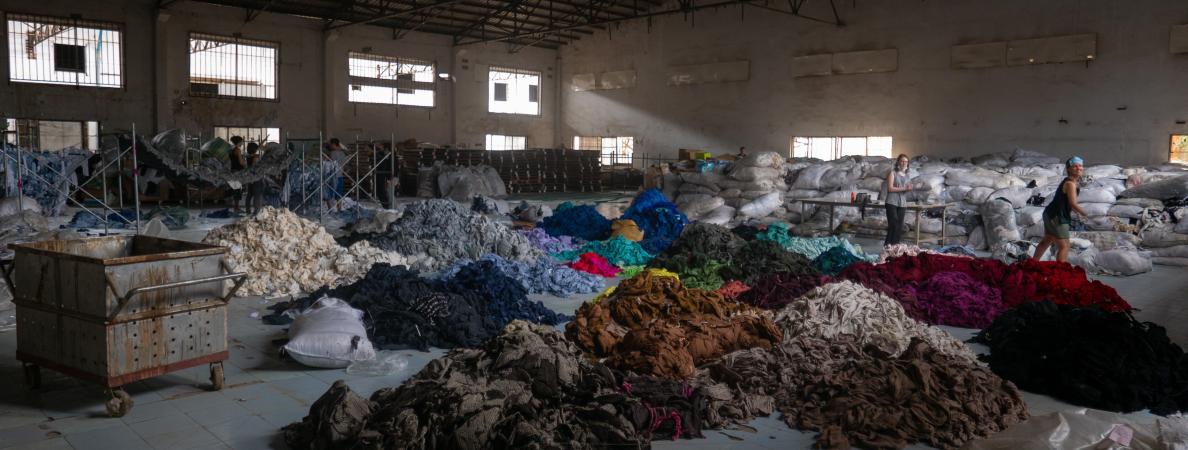
Written by: Kimberly Yvonne
Brought to you by Mohawk Sustainability
Fashion is all around us, from media outlets to Instagram influencers - we see it everywhere, it’s fun! For some people, it’s a major part of their identity and a way to express themselves. Popular trends come in and out of style and once marked “trendy,” there is the potential to see that same look mass-produced in many fast fashion stores.
But wait,
What is fast fashion?
This occurs when a company takes a popular design from either culture or runway, mass-produces it with cheap materials, and puts it out on shelves as fast they can for a cheap price. Due to loose copyright laws, these companies often get away with copying the work of others and end up making far more than the original designer, all the while contributing to environmental issues.
Some brands include:
- Shein
- Fashion Nova
- Boohoo
- Forever 21
- H&M
- Zara
- Old Navy
- Pretty Little Thing
It’s important to understand that this list goes on and these fast fashion companies, tend to have numerous consequences on the earth.
The consequences of fast fashion
The popularity of fashion hauls and hyper-consumption has seen our clothing consumption double in the past fifteen years. Fashion is now the second largest pollutant in the world, behind oil.
It’s resource intensive and the pace we consume it at is no longer sustainable. The fashion industry is already tied to several environment and social risks, so when mega fast fashion brands are pumping out new designs and new articles – monthly and even weekly, it’s taking a toll!
The average consumer has no idea what goes into making our clothes.
Resource Intensive
The number of resources that go into a single t-shirt is astounding! 2, 700 litres of water (that’s enough for one person to drink for 900 days). The acres of cotton require land, machinery, energy, chemicals, workers and time. Materials also typically travel far and wide before it reaches your closet.
The Environment
Pesticides, micro plastics, dyes and bleaches are finding a way back into local water sources and contaminating them through run off. All the chemicals in synthetic materials cause mass amounts of greenhouse gasses, affecting both humans and animals.
To top it all off, a whopping 10 million tonnes of clothing gets sent to landfill every year from North America alone.
Worker exploitation
Many of these brands rely on impoverished communities to make their product. Adults and children alike are subject to several poor working conditions and improper pay.
Alternatives
It’s no secret that fast fashion is sometimes all that people can afford or have access to and it can be hard to avoid – that’s understandable!
However, next time you want or need to buy something, try to take a pause. Before going ahead and buying something new and fast, give some of these alternative options a try:
- Research and invest in sustainable companies
- Shop second hand
- Repair rips and tears
- Shop your closet
- Swap with friends
- Rent expensive items
- Repurpose old pieces. An old t-shirt can be used as a rag, ripped tights can be used as headbands or hair elastics
It’s important to be mindful and check in with yourself. People can often get excited and have their eye on something, and rush to buy it. Ask yourself, “do I really need this? Or do I just like the idea of it?” Perhaps wait a week or two and think about it, you may change your mind (and save money too!)
Action
Beyond the everyday alternatives to shopping fast fashion, remember that you can always use your voice. Write and send emails to both companies and government telling them you want to see change. While consumers can work from their end making change, they can also call for accountability from source.
Want to learn more about the effects of fast fashion? Check out the links below
Video: Fast Fashion is Killing the Planet – MTV News
Video: How your t-shirt can make a difference
Video: Textiles: Environmental Impacts
Video: Lifecycle of a t-shirt




